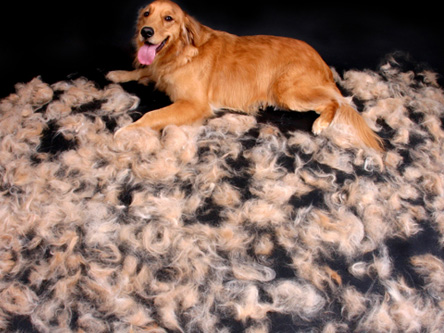Playing Tug-o-War with your dog is a time-honored tradition of many pet owners everywhere. It can be a great way to allow your furry little friend to have a little fun and blow off some steam at the same time. Many people don’t realize, however, that Tug-o-War is not a game that is necessarily appropriate for all types of animals. There are a number of pros and cons to playing the game with dogs that pet owners need to consider before making any type of decision.
The Pros
One of the biggest pros of playing Tug-o-War with your dog is that it allows you to kill two birds with one stone, so to speak. Not only do you get to take your dog outdoors (or indoors, if the weather isn’t cooperating) and allow the pup to get a little exercise, but you also get to teach and reaffirm basic commands like “Drop” and “Take” at the same time. Additionally, the American Society for the Prevention of Cruelty to Animals has indicated that Tug-o-War is a great way to redirect chewing behaviors by puppies who are teething into more positive behavior as well. Instead of allowing a teething puppy to chew up your couch, you can allow him or her to have a little fun instead.
The Cons
One of the major disadvantages of playing Tug-o-War with your dog is that it might accidentally reinforce aggressive behaviors that are best left untouched. If your dog has a high prey drive, for example, or tends to be the dominant animal in social situations, Tug-o-War could only reinforce these behaviors that you may be trying to curb through other means. According to several notable experts, playing Tug-o-War with your dog may also encourage obsessive behavior in a puppy, which could make the animal difficult to control later on in life.
























